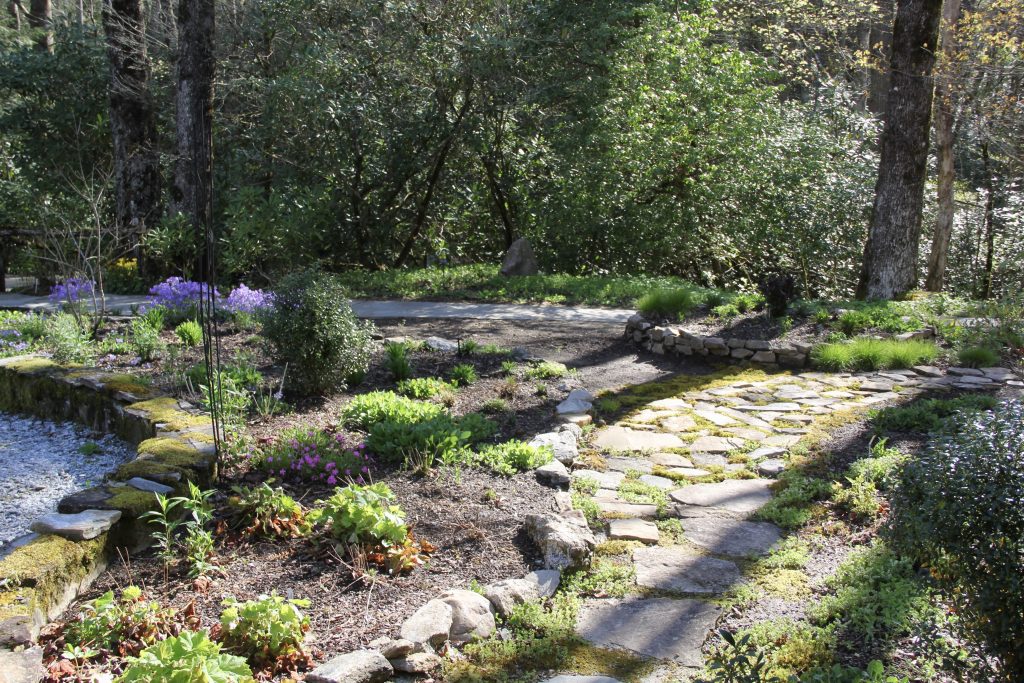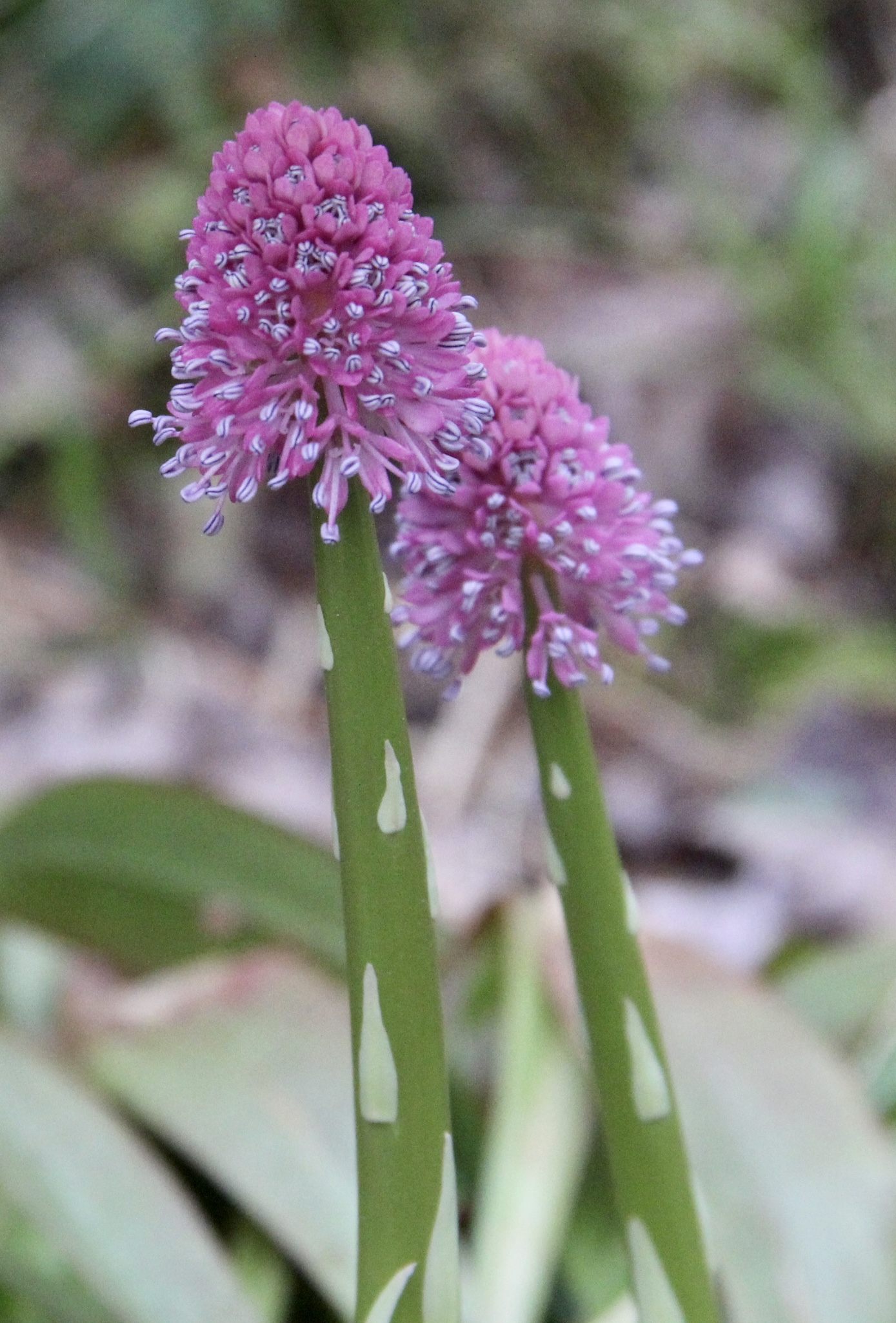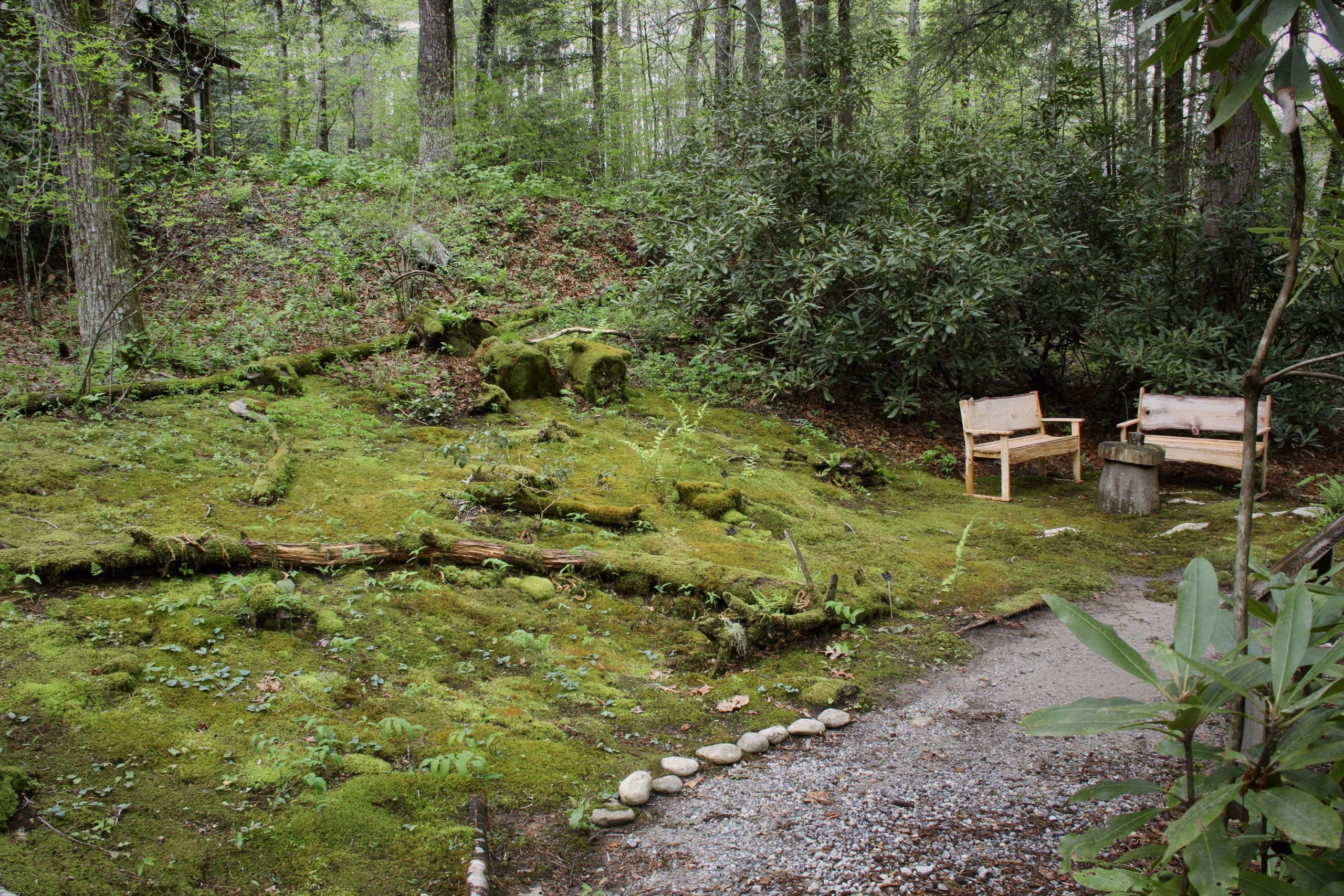Our mission at the Highlands Biological Station is to foster research and education focused on the rich natural heritage of the Highlands plateau. To meet this mission, the Garden is split into three distinct zones created to delineate the usage and purpose of each. The Highlands Botanical Garden falls under the Historic zone, with the other two zones, Landscape and Research, being used for programming and authorized research initiatives respectively.
Within those zones are an array of collection gardens, demonstration areas, and regionally devoted flora to serve as research sites, ex-situ conservation sites, and aid in fostering native plant introductions in the home landscape.

The Homeowner Demonstration Garden was established to introduce the versatility of native plants to homeowners and home gardeners alike. Adjacent to the Howell Cottages Building, this garden showcases a variety of landscaping projects and plants that one could implement in their own landscape. To view the entire list of plants, click here.
The Bog & Boardwalks:
The Bog Garden area is a jewel of biological diversity. With the unique geology and glacial history, the mountains of Western North Carolina are home to several naturalized bogs, including here in the Highlands escarpment. This bog showcases a variety of carnivorous plants, like pitcher plants (Sarracenia sp.). The bog also features grasses and other unique offerings like “Appalachian Grass-of-Parnassus” (Parnassia asarifolia) along its boardwalk.
Along the boardwalks you’ll find more prominent woody species such as “Mountain Bushy St. John’s-Wort” (Hypericum densiflorum) or the “Shawnee Haw” (Viburnum cassinoides). The boardwalks will guide you to either the Coker Rhododendron Trail or the Lower Lake Trail.


Moss Garden:
This intimate garden space is nestled in between the Coker Laboratory building and Howell Cottages. View the swaths or carpeted green moss as you are invited to learn about the mosses and other bryophytes of the Highlands Plateau.
